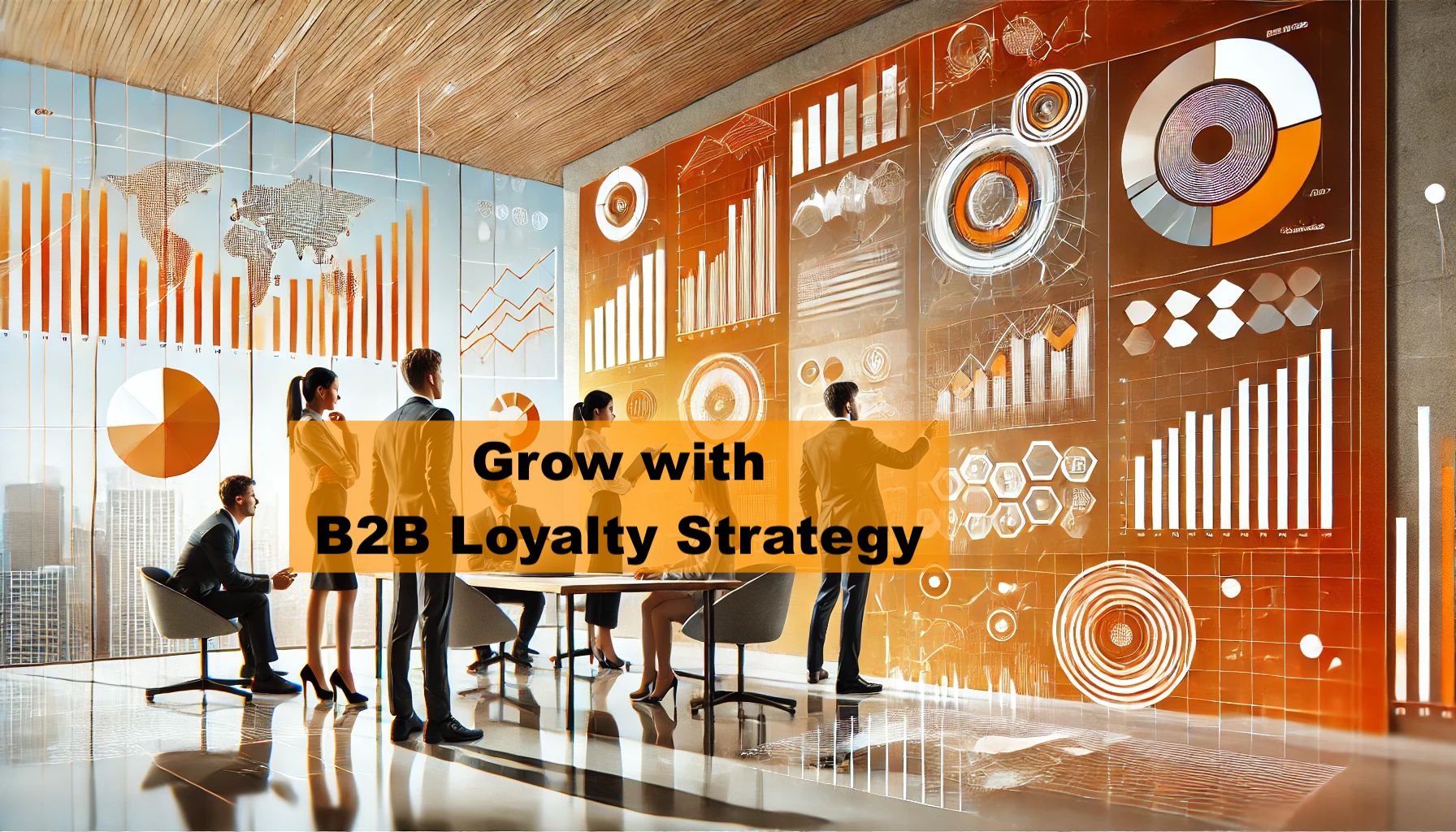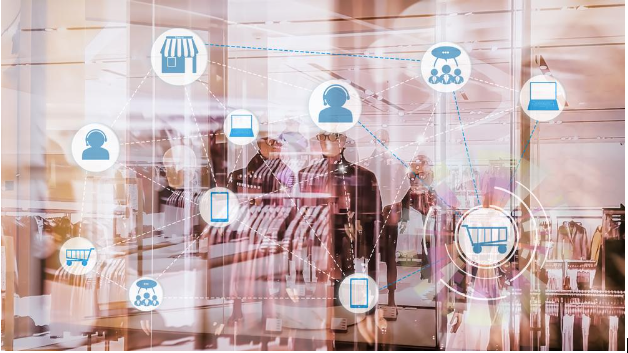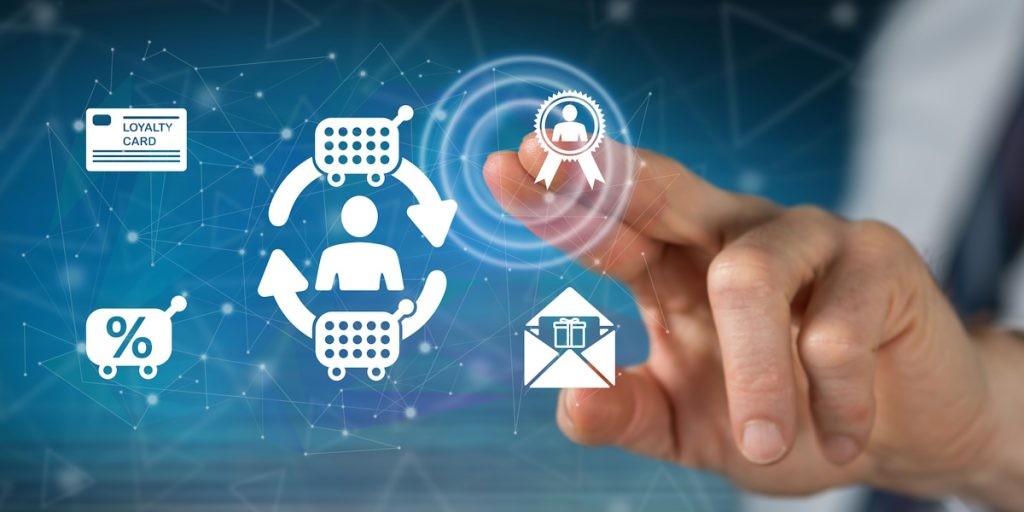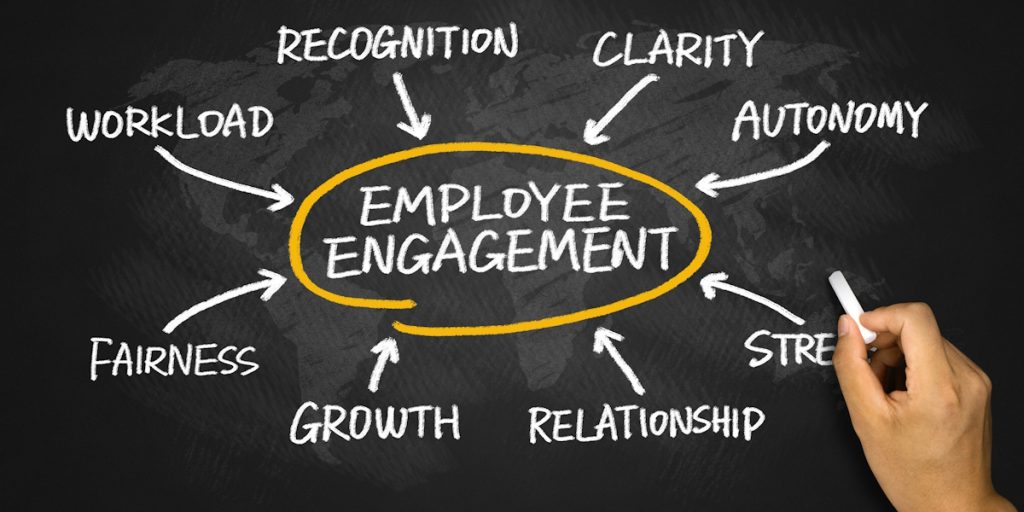In the ever-evolving B2B marketplace, customer loyalty has become more than a bonus; it is essential to achieving long-term success. Companies must adopt strategies that not only attract clients but also foster strong, lasting relationships. A well-thought-out B2B loyalty strategy is critical in aligning your business goals with the needs of your customers, creating a mutually beneficial relationship. In this blog, we’ll explore how a solid B2B loyalty strategy can help your business grow, the key components that make it effective, and the best practices for building a program that supports your company’s objectives.
What is a B2B Loyalty Strategy?
A B2B loyalty strategy is a structured approach aimed at building long-term relationships with business clients by offering incentives, rewards, and personalized experiences. Unlike B2C programs, where the goal is to encourage one-time purchases or short-term engagement, B2B loyalty programs focus on maintaining and nurturing ongoing partnerships with other businesses.
A well-executed loyalty strategy in the B2B sector is more than just offering discounts or rewards—it’s about delivering real value to your partners. When your strategy is aligned with your business goals, it creates trust, increases customer retention, and leads to sustainable growth.
Why Align Business Goals with a B2B Loyalty Strategy?
One of the most important aspects of creating a successful B2B loyalty strategy is ensuring that it aligns with your broader business goals. A loyalty program that is disconnected from your objectives will struggle to drive meaningful results. Here’s why alignment is crucial:
- Customer Retention Equals Growth: The costs of acquiring new customers are typically higher than retaining existing ones. When your loyalty program focuses on long-term customer relationships, it directly supports your growth goals by reducing churn and encouraging repeat business.
- Enhanced Customer Lifetime Value: When customers feel valued through a well-designed loyalty program, they are more likely to engage in Long-Term Partnerships. This increases their lifetime value, helping your business grow in a sustainable way.
- Stronger Brand Reputation: Aligned goals between your loyalty program and overall business strategy help create a consistent brand message. This, in turn, builds trust and strengthens your reputation within your industry.
- Data-Driven Decision Making: Loyalty programs generate valuable data about customer behaviors and preferences. When this data is aligned with your business objectives, it can drive more informed decisions, helping you better serve your clients and adapt your strategies accordingly.
Key Components of a Solid B2B Loyalty Strategy
1. Clear Objectives
Before designing your B2B loyalty program, it’s important to establish clear objectives. Are you aiming to increase repeat purchases, improve customer satisfaction, or drive new referrals? Understanding your goals will help shape the structure of the program and determine what types of rewards and incentives are most appropriate.
For example:
- If your goal is Customer Retention, you might offer rewards for contract renewals or bulk purchases.
- If you’re looking to increase referrals, consider a referral bonus system for existing clients.
2. Targeted Rewards and Incentives
In B2B, generic rewards won’t cut it. Unlike B2C loyalty programs, where discounts and freebies are common, B2B clients expect rewards that directly add value to their business. Consider offering exclusive services, early access to new products, or personalized pricing models that align with your clients’ needs.
Tailoring your loyalty program strategy to offer rewards that matter can set your program apart and make it indispensable to your customers. Moreover, businesses are more likely to stay loyal if the rewards they receive align with their strategic goals.
3. Seamless Integration with CRM and Data Tools
Data plays a pivotal role in ensuring that your loyalty strategy delivers results. Integrating your loyalty program with your Customer Relationship Management (CRM) system can provide a complete view of your clients’ journey, allowing for more personalized interactions. By tracking purchases, preferences, and engagement levels, your company can refine its loyalty program to be more impactful.
4. Tiered Loyalty Structure
A tiered approach is one of the loyalty program best practices in the B2B space. Creating tiers allows clients to achieve higher rewards as they deepen their engagement with your company. This not only encourages ongoing partnerships but also motivates clients to aim for higher tiers by increasing their purchases or participation.
For instance, you could offer higher discounts or exclusive access to new products to clients who reach a certain tier based on their spending level or longevity with your company.
5. Personalized Communication
Personalization is key in any B2B loyalty strategy. Your clients expect a customized approach to their unique needs. Regularly communicating with them about the value they’re getting from the program—whether through personalized emails, targeted offers, or account manager updates—will keep them engaged and ensure that they’re making the most of the program.
Best Practices for Implementing a B2B Loyalty Program
1. Start with a Pilot Program
It’s often beneficial to test your loyalty strategy with a small group of clients before rolling it out company-wide. This allows you to gauge its effectiveness, gather feedback, and make any necessary adjustments to ensure a smoother implementation later.
2. Focus on Simplicity
Simplicity is key to any successful loyalty program strategy. Ensure that the program is easy for clients to understand and engage with. Overly complicated reward structures or point systems can confuse clients, reducing participation. Make sure that your clients clearly understand how they can benefit from the program and what they need to do to unlock rewards.
3. Measure and Optimize
Continuously track and measure the performance of your loyalty program. Look at key performance indicators (KPIs) like customer retention rates, customer lifetime value, and engagement metrics to ensure that your program is on track to meet your goals. Regularly gather feedback from participants and make adjustments as necessary to keep the program relevant and effective.
4. Adapt to Client Feedback
The success of your B2B loyalty strategy depends on how well you meet the evolving needs of your customers. Regularly solicit feedback from clients to ensure your loyalty program is providing them with real value. Are the rewards compelling? Is the system easy to use? Making continuous improvements based on this feedback will help you maintain strong relationships with your clients.
5. Offer Long-Term Benefits
B2B relationships are built on long-term value, so your loyalty program should reflect that. Short-term rewards are not as effective in B2B as they are in B2C. Design your program to provide long-term benefits that grow over time, making it worthwhile for businesses to continue working with you year after year.
The Role of Technology in a B2B Loyalty Strategy
Technology is a critical enabler for modern B2B loyalty programs. With the help of CRM software, data analytics tools, and automation platforms, businesses can personalize rewards, track engagement, and streamline communications with clients.
Additionally, digital platforms can provide clients with self-service portals where they can track their progress, redeem rewards, and access exclusive resources. This convenience makes the loyalty program more appealing and easier to engage with.
Conclusion: A Solid B2B Loyalty Strategy is Key to Achieving Your Business Goals
A B2B loyalty strategy that is well-aligned with your business goals is a powerful tool for growth. It helps retain customers, increase their lifetime value, and build stronger, more profitable partnerships. By setting clear objectives, offering meaningful rewards, and continuously optimizing the program, your business can create a loyalty program that not only retains clients but also drives sustainable growth.
Whether you’re just starting out or looking to enhance your existing program, keep these principles in mind to ensure your B2B loyalty program aligns with your business goals and provides real value to your customers.
Do you want to make B2B Loyalty Strategy to align with your goals?




